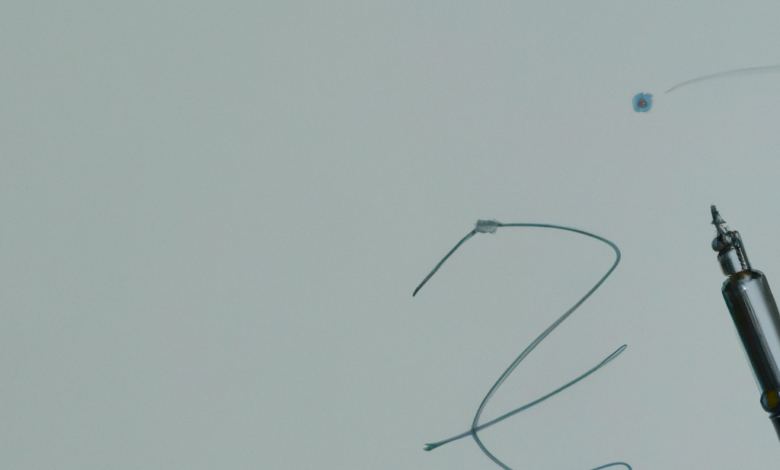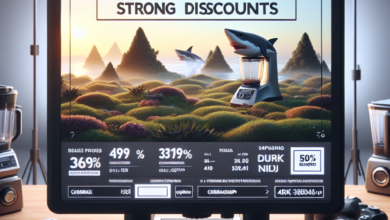AI’s Impact on Teaching a Robot to Twirl a Pen

Welcome to the fascinating world of artificial intelligence (AI) and its impact on teaching a robot to twirl a pen! In recent years, AI has made significant advancements in various fields, and robotics is no exception. Teaching a robot to perform complex tasks like twirling a pen may seem like a trivial pursuit, but it actually involves a multitude of intricate processes and algorithms.
The Challenge of Teaching a Robot to Twirl a Pen
Twirling a pen may seem like a simple task for humans, but for a robot, it presents a unique set of challenges. The robot needs to understand the physics behind the motion, learn the correct grip, and develop the dexterity to execute the twirling action. This requires a combination of machine learning, computer vision, and motor control.
Machine Learning: The Key to Success
Machine learning plays a crucial role in teaching a robot to twirl a pen. By using algorithms and statistical models, the robot can learn from data and improve its performance over time. In the case of pen twirling, the robot can analyze videos of humans performing the task and extract the necessary information to replicate the motion.
One example of machine learning in action is the work done by researchers at OpenAI. They developed a robotic system called Dactyl, which uses reinforcement learning to manipulate objects with its robotic hand. By training Dactyl with thousands of simulated trials, it was able to learn complex tasks, including pen twirling, with remarkable precision.
Computer Vision: Seeing the Pen
In order to twirl a pen, the robot needs to be able to see and track the pen’s position and orientation. This is where computer vision comes into play. By using cameras and image processing algorithms, the robot can detect the pen, estimate its position, and track its movement in real-time.
For instance, a research team at Stanford University developed a system that uses computer vision to teach a robot to twirl a pen. The robot uses a camera to track the pen’s position and orientation, and then adjusts its grip and motion accordingly. Through a combination of deep learning and computer vision techniques, the robot is able to perform the twirling action with impressive accuracy.
Motor Control: Mastering the Twirl
Once the robot has learned the correct grip and understands the pen’s position, it needs to develop the motor control to execute the twirling action. This involves precise coordination of its robotic arm, fingers, and wrist to create the desired motion.
Researchers at the University of California, Berkeley, tackled this challenge by developing a robotic system that uses advanced control algorithms to twirl a pen. By modeling the dynamics of the robot’s arm and fingers, they were able to optimize the control signals and achieve smooth and accurate twirling motions.
Real-World Applications and Implications
The ability to teach a robot to twirl a pen may seem like a fun and entertaining task, but it has broader implications in the field of robotics and AI. By solving the challenges associated with pen twirling, researchers are pushing the boundaries of what robots can learn and accomplish.
Here are some potential real-world applications and implications:
- Industrial Automation: Robots with the ability to manipulate objects with precision can be deployed in industries such as manufacturing and logistics, where repetitive tasks are common.
- Assistive Robotics: Robots that can perform delicate tasks like twirling a pen can assist individuals with limited mobility or dexterity, enhancing their independence and quality of life.
- Education and Entertainment: Teaching robots to perform engaging tasks like pen twirling can be used in educational settings to spark interest in STEM subjects and provide interactive learning experiences.
Summary
In conclusion, the impact of AI on teaching a robot to twirl a pen is a testament to the remarkable progress made in the field of robotics. Through the integration of machine learning, computer vision, and motor control, researchers have successfully taught robots to perform complex tasks with precision and accuracy.
As AI continues to advance, we can expect to see even more impressive feats from robots. From industrial automation to assistive robotics and educational applications, the ability to teach robots intricate tasks like pen twirling opens up a world of possibilities.
So, the next time you see a robot twirling a pen, remember the incredible journey it took to get there, thanks to the power of AI!




